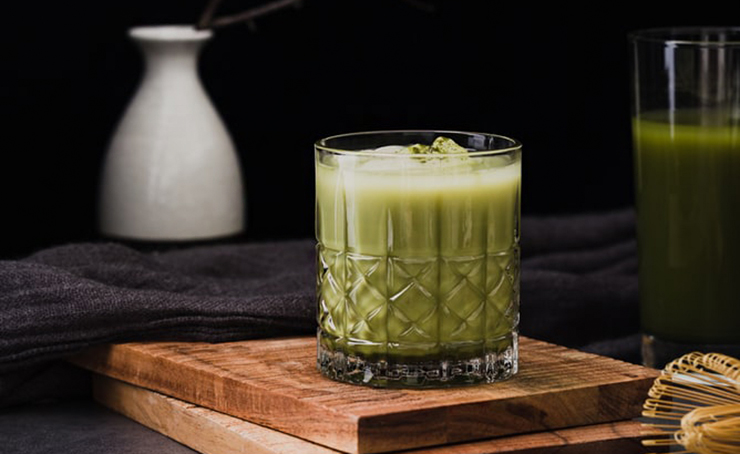Matcha Tea: Good or Bad?
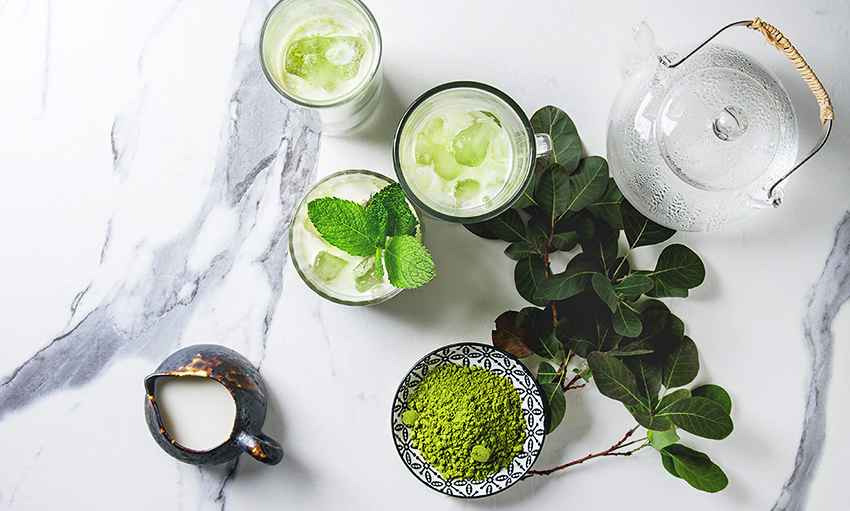
Matcha — Japanese green tea, the leaves of which are grounded into powder. Raw materials — tea leaves of tencha — are collected only once a year. A few weeks before the leaves are picked, the bushes are obscured, protecting from sunlight. Thus the leaf remains soft and juicy and tannin is not synthesized in it. As a result, the tea turns out to be soft in taste and almost without astringency. The second difference from the more traditional productions of Chinese and Indian teas is that the matcha leaves are not fermented. After harvesting, fresh leaves are quickly steamed, preserving all the trace elements and green pigment in them. Then the leaves are just as quickly cooled and crushed into a light, weightless powder of saturated green color.
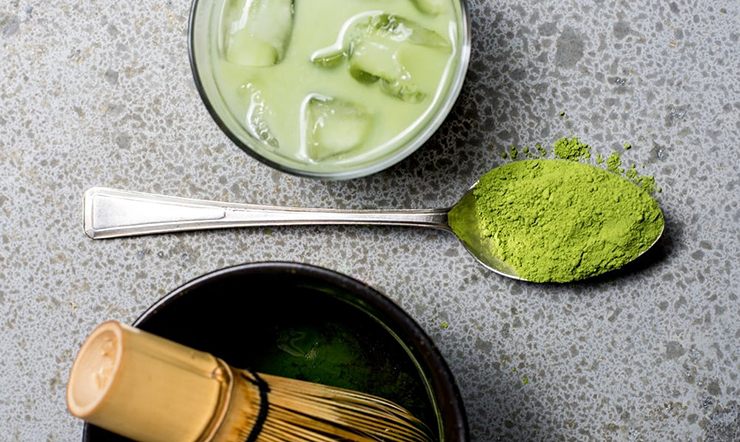
What is the usefulness of matcha tea?
Matcha powder includes components that are known and used to fully activate all body functions. The lack of fermentation means the preservation of more polyphenols and antioxidants than in other teas. Antioxidants are special substances and enzymes which are responsible for combating the oxidation and aging of cells. The same phenomenal composition remains in a number of trace elements important for the body — for example, nine times more beta-carotene than in carrots, more potassium than in bananas, and the properties of eliminating toxins and salts of heavy metals are four times higher than in spinach and other leafy greens. Matcha green tea speeds up metabolism, significantly increases energy levels (without caffeine). To crown it all, matcha strengthens the immune system and stabilizes the level of cholesterol in the blood.
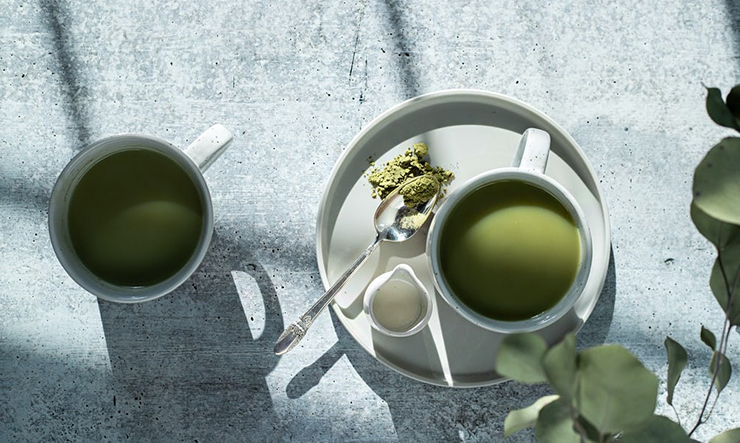
How to make matcha?
There are two main options – classic matcha, and matcha latte.
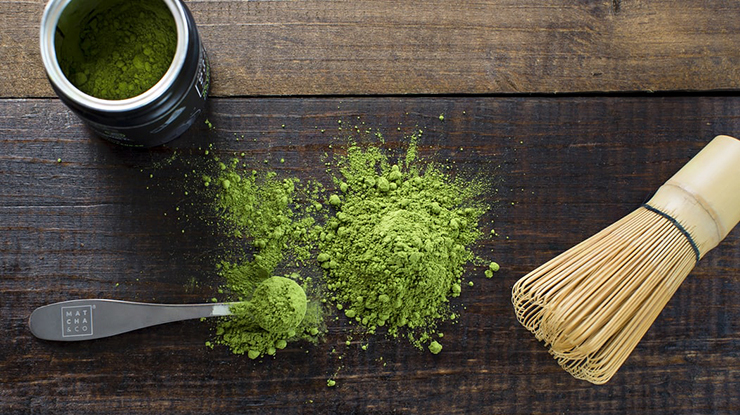
Classic matcha tea: ½ tsp matcha powder and hot water. Take half a teaspoon of matcha and put it in a large cup. Pour hot water of 70–80°C, without boiling. First you can pour in 15 ml and mix the powder thoroughly, and then add the remaining volume of water. Or immediately pour water into a cup and beat the drink until a small foam forms. For whipping, it is better to use a special bamboo tea whisk.
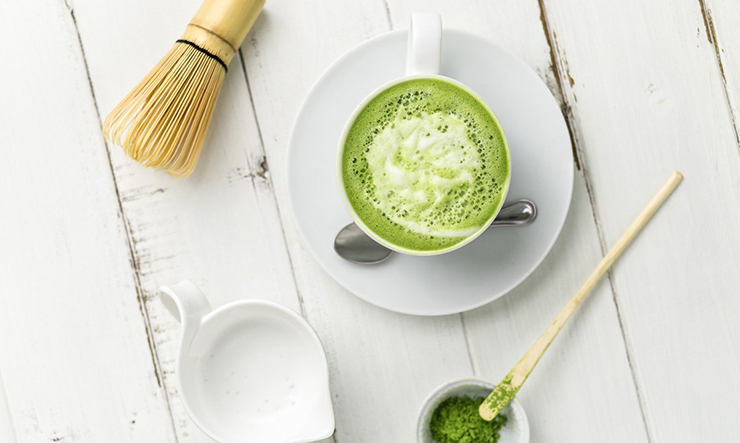
Matcha latte: 150 ml of milk, ½ tsp matcha powder, 15 ml of hot water. Put half a teaspoon of matcha in a cup and fill it with hot water of 70-80°C. Mix the powder thoroughly until completely dissolved. Separately, heat the milk and whisk it, same as you usually do when making cappuccino. Pour hot milk into tea. Sugar or other sweetener — to your taste.
